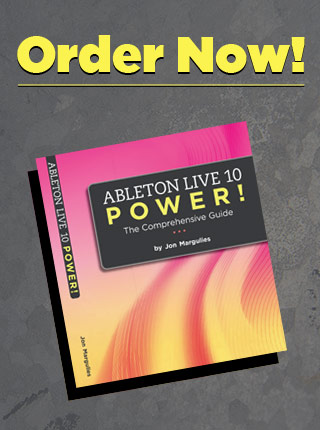If you know nothing else about mastering, you probably know that this is the stage at which commercial recordings get their increased loudness. Even if your unmastered mix is absolutely perfect in every other respect, it’s still going to be far quieter when compared to anything else in your music library, so some processing will be required.
When we’re talking about the apparent loudness of a recording, we’re talking about it’s average level (often measured as RMS level), not it’s peak. There are other factors that affect percieved loudness as well including frequency content, distortion and other factors that I’m not sure I fully understand.
A peak is very simple: it’s the highest level that a recording reaches at any point, no matter how brief. In digital recording, you can’t have any peaks above 0dB. Average loudness is somewhat more complex. A signal that peaks at -6 can have much higher average volume than one that peaks at -1.
In mastering, we raise the overall level of a recording, and use compression and limiting to ensure it never peaks above 0dB. Exactly how much, and how loud the final result should be is a hotly debated topic. for more on this subject, I reccomend The Internet.
Unlike peak volume:
…Live doesn’t have any built in functionality for measuring RMS volume. Any Mac users who don’t have a fancy mastering limiter with good metering can download RMS Buddy from Destroy FX. I’m sure there are some good free RMS meters out there for the PC as well…
Next, we’ll look at comparing RMS levels, and look into loudening our mixes.





